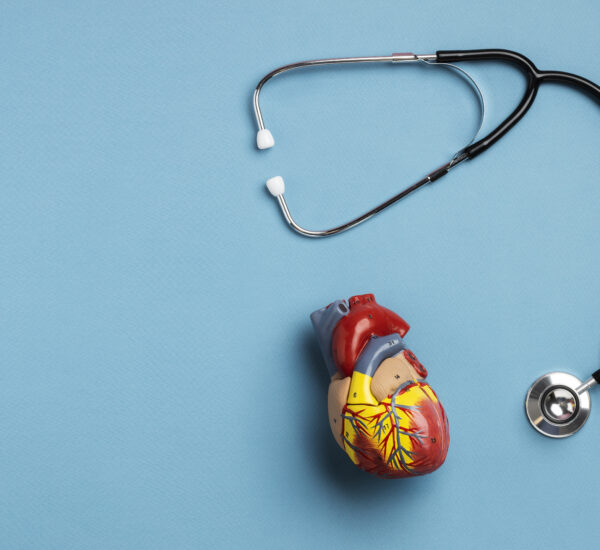What is stopping you from having clean and clear skin? Tell us if it’s not acne. Oh sorry, we mean pimples. But aren’t they the same? We’re certain that’s what you are wondering. No, pimples and acne are actually different. Acne, a common skin condition, often manifests as pimples or other types of blemishes. While these terms are frequently used interchangeably, they represent distinct aspects of this skin issue.
Let’s see how they’re different.
Acne v/s pimples
There is only one line of difference that matters. Explaining it with a simple analogy, you can consider acne as a disease and pimples as the symptoms. Hence, pimples happen when your skin is suffering from acne vulgaris
Pimples, or acne lesions, are the physical manifestations of acne. They vary in appearance and severity, ranging from mild blackheads and whiteheads to inflamed papules, pustules, nodules, and cysts. These lesions occur when hair follicles become clogged with a combination of oil, dead skin cells, and bacteria.
Acne is a condition that results because of excessive oil in the skin’s hair follicles. Please note your skin contains pores which are connected to glands that produce oil, also known as sebum.
When sebum and dead skin cells come together, the excess oil in these glands leads to inflammation, causing red pimples.
What causes acne?
More research is needed to know the exact cause but here are some causes:
Factors affecting the development of acne:
Excess oil production:
Overactive sebaceous glands produce excess sebum, an oily substance that can clog pores.
Clogged hair follicles:
Dead skin cells and oil can build up, blocking hair follicles and creating a breeding ground for bacteria.
Bacteria:
Propionibacterium acnes, a type of bacteria, thrives in clogged pores, contributing to inflammation.
Hormonal changes:
Androgens, hormones that stimulate oil production, play a role in acne development, particularly during puberty and menstruation.
Inflammation:
The body’s immune response to acne-causing bacteria leads to inflammation, characterized by redness and swelling.
Acne triggers and exacerbators
Several factors can trigger or worsen acne:
Diet:
While the link between diet and acne is complex, some studies suggest that consuming excessive amounts of sugary or high-glycemic foods might exacerbate acne.
Stress:
Stress can worsen acne by increasing cortisol levels, a hormone that can stimulate oil production.
Medications:
Certain medications, such as corticosteroids and lithium, can contribute to acne breakouts.
Skincare products:
Using comedogenic products (those that clog pores) can worsen acne.
Genetics:
Acne often has a genetic component, with a family history increasing the risk.
Other factors:
- Squeezing or picking at existing pimples
- Scrubbing your skin too vigorously
- High humidity
- Poor skincare routine
Other types of acne
Blackheads:
Open comedones, characterised by a dark appearance due to oxidation.
Whiteheads:
Closed comedones, appearing as small, white bumps beneath the skin’s surface.
Papules:
Small, red, inflamed bumps without pus.
Pustules:
Papules containing pus.
Nodules:
Large, painful, and inflamed lumps beneath the skin’s surface.
Cysts:
Painful, pus-filled lumps that can cause scarring.
How do I prevent acne?
The first step is following certain self-care and skincare tips. If these don’t work, consider visiting a dermatologist for an effective action plan.
- Wash your face at least two times a day. Especially before you sleep. Ensure you are not using an oil-based cleanser.
- Use noncomedogenic hair and skincare products, sunscreen, and makeup.
- Avoid squeezing or picking at blemishes.
- Avoid touching your face
- Eat a healthy diet, and avoid food products with high glycemic load.
Closing thoughts
Remember, acne is a common skin condition, and finding the right treatment may take time. Be patient and consistent with your skincare routine, and don’t hesitate to seek professional help if needed.




